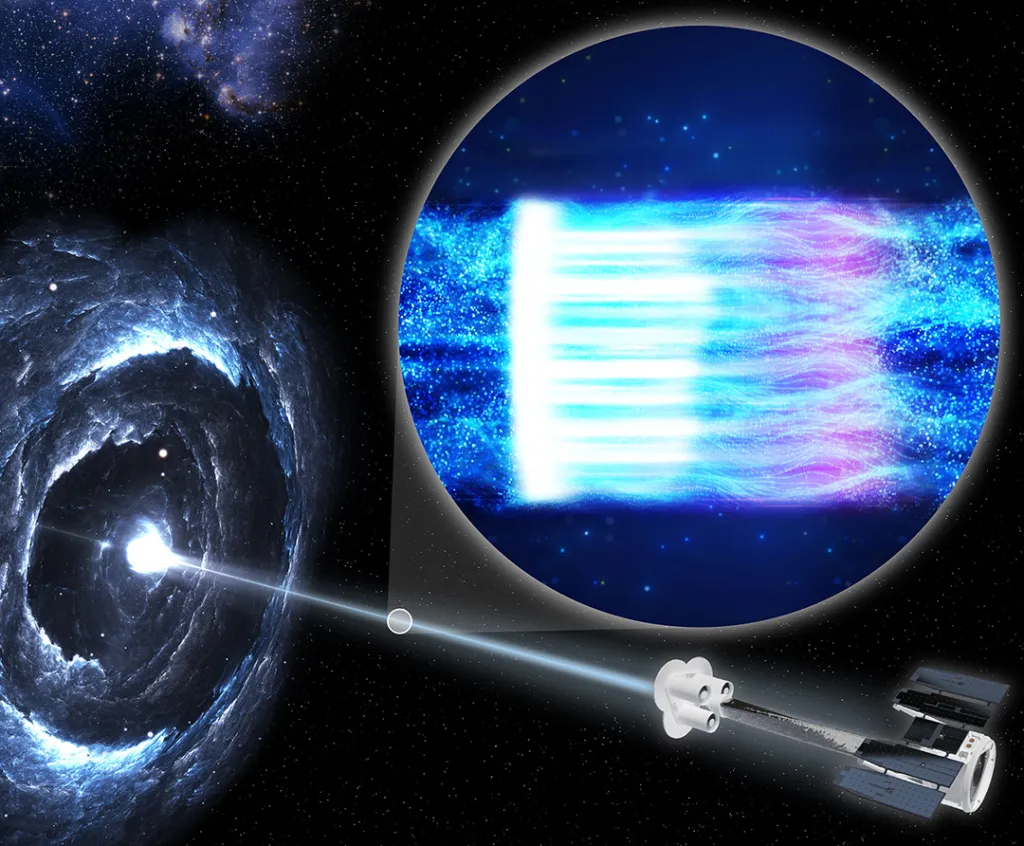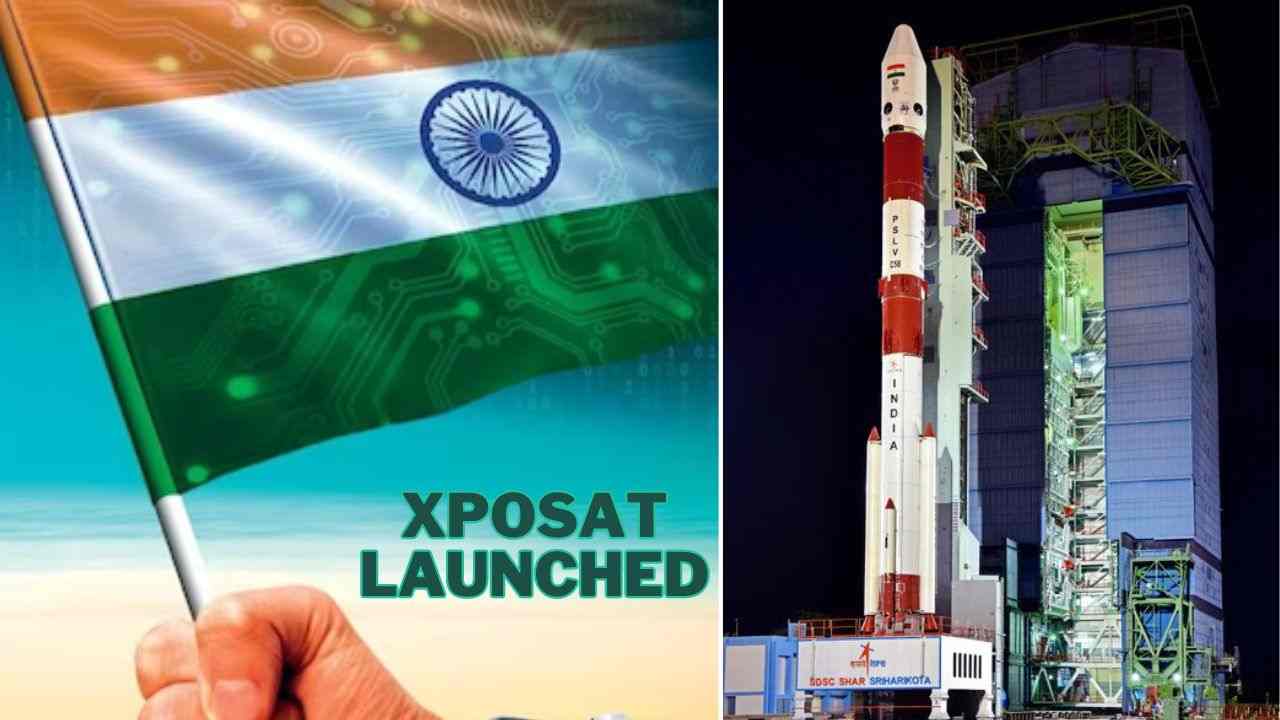On January 1, 2024, India’s space agency, ISRO, will launch its first mission of the year, sending the X-ray Polarimeter Satellite (XPoSat) into space from the Satish Dhawan Space Centre in Sriharikota, Andhra Pradesh, at 9:10 am.
Following the Chandrayaan-3 and Aditya L1 missions, this marks a significant step in India’s space exploration endeavors. With XPoSat, India aims to become the second country, after the United States, to deploy a specialized astronomy observatory for studying black holes and neutron stars within our galaxy. This mission reflects India’s growing role in advancing scientific exploration beyond Earth’s boundaries.

Where you can Watch The Live-Streamed?
Lift off🚀#PSLV58 #XPoSat pic.twitter.com/lymyinX1Z3
— ISRO InSight (@ISROSight) January 1, 2024
The mission will be live-streamed on the official website and social media handles of ISRO. The XPoSat will be placed in a low-inclination orbit towards the east using the PSLV-C58 spacecraft. Alongside XPoSat, the PSLV-C58 will also transport the ‘PSLV Orbital Experimental Module’ into space.
What Time ISRO has Announced the Launch Time Of Xposat Mission?
ISRO has announced the launch of the X-Ray Polarimeter Satellite or XPoSat mission on January 1, 2024, at 09:10 AM IST from the first launch pad at SDSC-SHAR in Sriharikota. This mission is significant as it represents ISRO’s first dedicated scientific satellite specifically designed to measure the polarization of X-ray emissions from celestial sources in space.
Duration Of Mission
According to The Indian Space Research Organisation (ISRO), the XPoSat mission or X-ray Polarimeter Satellite is expected to last for approximately 5 years.
What Is Main Objective Of This Mission?
The goal of the PSLV-C58 mission is to study X-rays coming from around 50 celestial sources in the energy range of 8-30 keV. The mission aims to measure the polarization of these X-rays, which is important for understanding how celestial objects emit radiation and their geometric characteristics.

The main instruments onboard are POLIX (Polarimeter Instrument in X-Rays), developed by Raman Research Institute, and XSPECT (X-ray Spectroscopy and Timing), built by U R Rao Satellite Centre in Bengaluru. These instruments will help in long-term studies of the spectral and temporal behavior of cosmic X-ray sources.
Another Country Who Conducted Same Study?
In December 2021, NASA, which is the space agency of the United States, conducted a similar study called the Imaging X-Ray Polarimetry Explorer mission or Xposat mission. The study focused on exploring the leftovers of supernova explosions, streams of particles from black holes, and different cosmic events.
Also Read: GAGANYAAN MISSION: INDIA FIRST STEP TOWARD HUMAN SPACEFLIGHT










